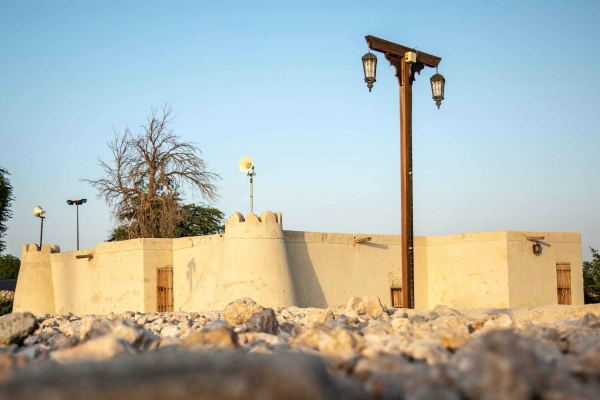

Jawatha Archaeological Site is located in al-Ahsa Governorate in the Eastern Province of the Kingdom of Saudi Arabia. It is situated eighteen km towards the far northeastern corner of al-Hufuf city. This site is one of the earliest human settlements in the area, where a collection of artifacts dating back to between 7,000 and 8,000 BCE was found.
History of Jawatha Archaeological Site
The history of Jawatha Archaeological Site shows early civilization settlement during the mid-third millennium (2,400 BCE). Remains from the Dilmun civilization were found at the site, extending to the early stages of the Gerrha civilization and beyond.
The significance of the Jawatha Archaeological Site
The city of Jawatha remained a thriving commercial center throughout the Umayyad period and until the early Abbasid period (750-847). It was frequented by trade caravans, which returned laden with dates, agricultural products, and perfumes. Due to its location on the ancient trade caravan route from the coast to the central Arabian Peninsula, it served as a commercial market connecting southern and northern Arabia with Mesopotamia.
Antiquities of Jawatha Archaeological Site
The site consists of a group of archaeological mounds covered by sand dunes, with various fragments of pottery and types of colored and transparent white glass scattered over and between its depressions. The site also includes Jawatha Mosque, the second mosque where Friday prayers were held in Islam after the Mosque of the Prophet Muhammad, peace be upon him (PBUH). It is one of the historic mosques in the Islamic world, built in 628. It was close to the structure of the Prophet's Mosque, featuring three arcades and a design adapted to different climates throughout the year. Its architectural elements are notably scaled to human dimensions.
On August 31, 2022, the Mohammed Bin Salman Project for the Development of Historical Mosques announced in its second phase the restoration of Jawatha Mosque. The mosque covers an area of 205.5 m and has a capacity of 170 worshippers both before and after the development. It was developed in the architectural style of the Eastern Province, which is suited to the coastal province’s nature and hot climate that requires quality ventilation through windows, openings, balconies, and spacious courtyards.
Related quizzes
Related articles
